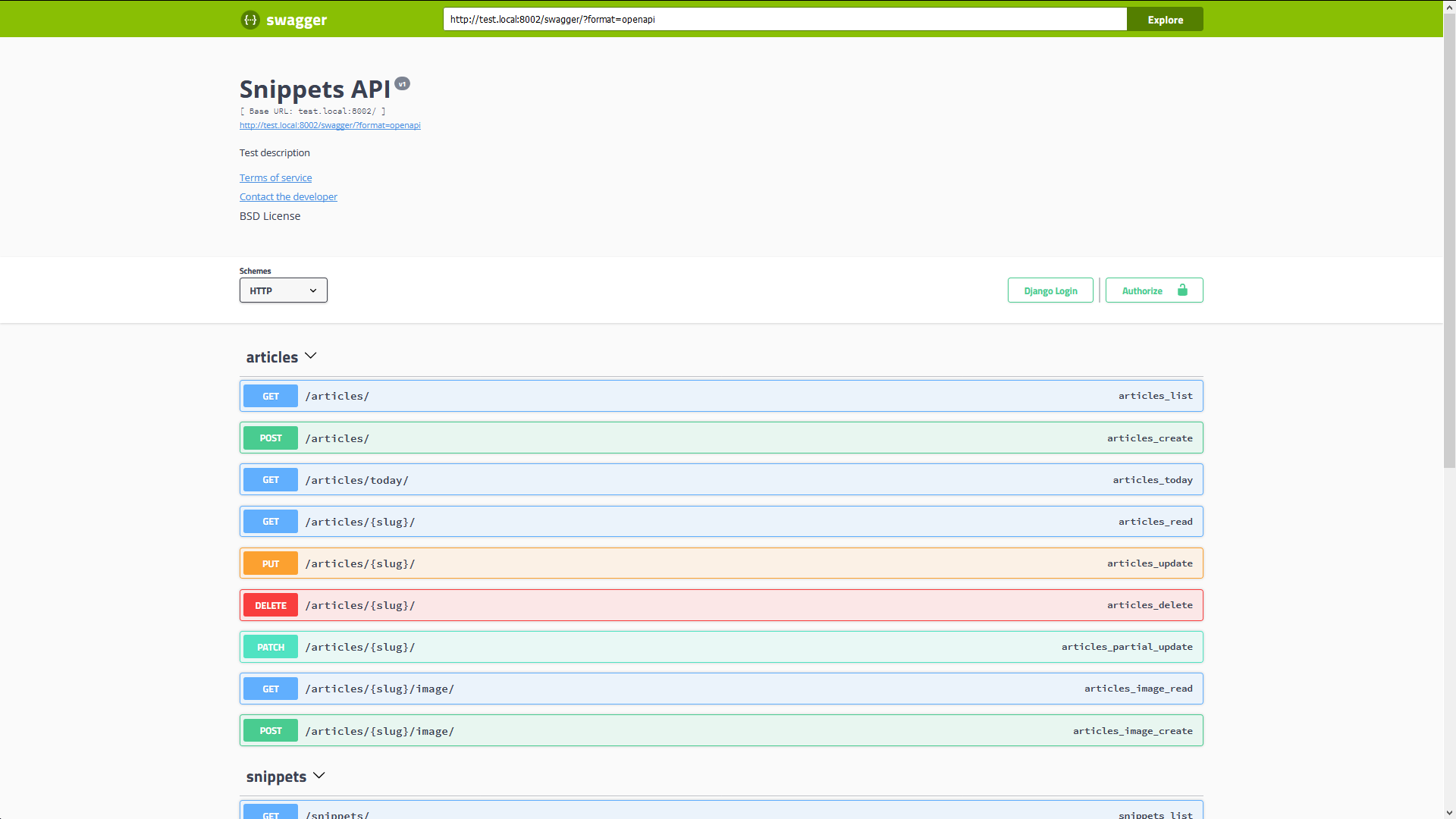
You might need to press Ctrl + F5 for cache refresh for the favicon change to appear.

Make sure the files favicon.ico, favicon-16x16.png, and favicon-32x32.png are included.Īlso, make sure that the application uses static files configuration: public void Configure(.) Once you have your favicon, you need the create the directory You then copy-paste your favicon in that folder. RealFaviconGenerator is a great favicon generator if you need one. To change the favicon, the first step is to make sure you have your favicon. The Swagger logo can be seen both in the favicon and in the top bar, on the top left corner of the site. Options.SwaggerEndpoint("/docs/v1/docs.json", "My API V1") Options.RouteTemplate = "docs//docs.json" This can be done with a few simple changes in the Startup file: public void Configure(.)

I, for example, changed my route to /docs/.

The default Swagger UI page is under /swagger/index.html. Thankfully the steps to change that are rather simple.īelow are the changes I made in order to make the UI more fitting for my API. It's really easy to integrate with your API and gives a good overview of the available endpoints in the API.īut you might find that the Swagger UI doesn't fit your colour scheme and/or want to replace the Swagger branding with your own. Many of us use Swagger and Swashbuckle on ASP.NET Core to have some minimal documentation for our API.


 0 kommentar(er)
0 kommentar(er)
